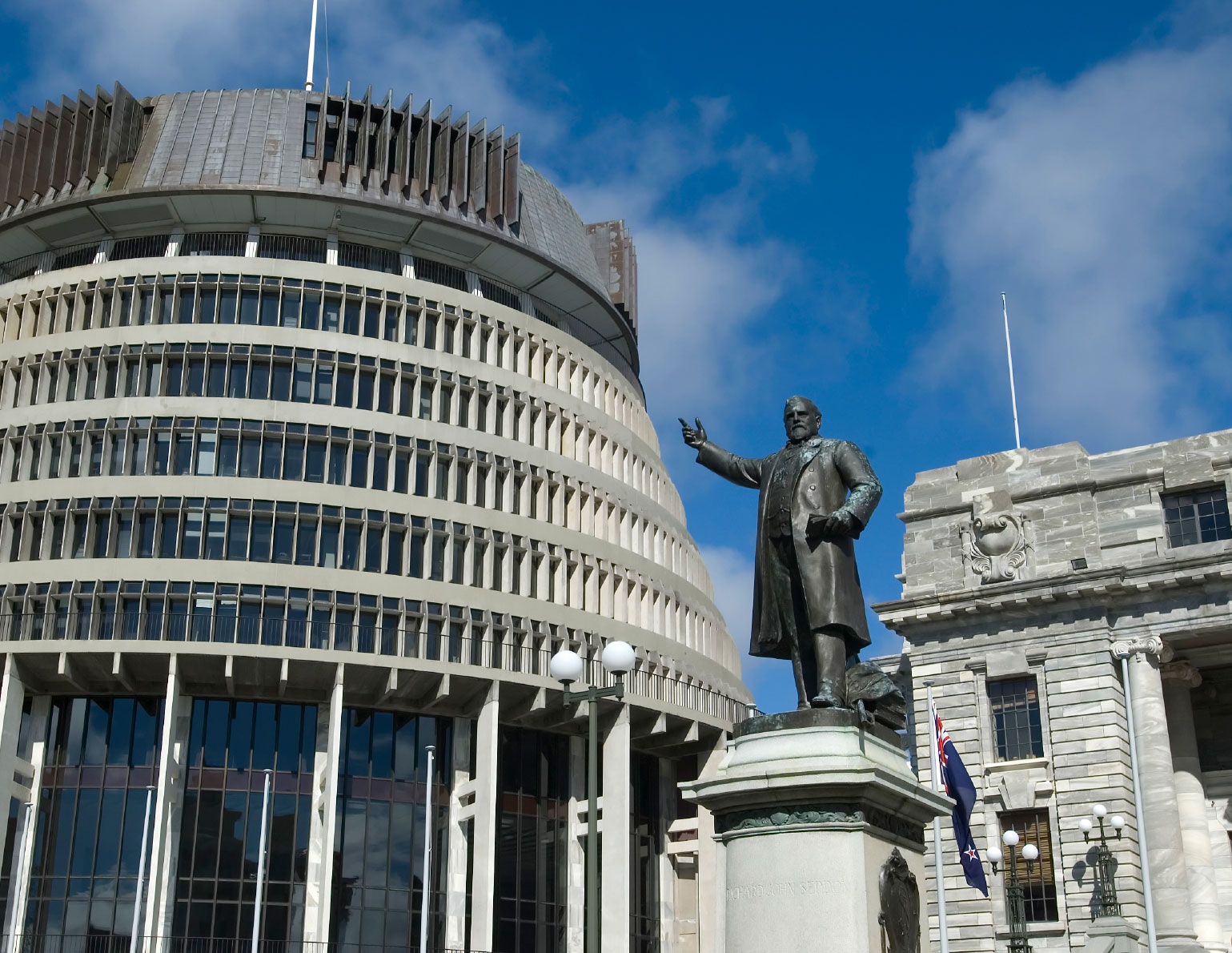Fishing rules.


To comply with the New Zealand fishing rules, Vessel Operators, Permit Holders and Licensed Fish Receivers must ensure they have the right to fish and then accurately report their fishing activities. They all have legal registration and reporting requirements they must meet.
Vessel Operators must be in possession of a valid Fishing Permit. Fishing Permits are issued for a period of 5 years and authorise the taking of fish for commercial purposes (conditions may apply). The Government then requires all Vessel Operators to complete catch effort and landing returns for every vessel. These returns include details about catch location, time/date of the trip, fishing methods, quantity of catch and the landed state.
Permit Holders must have a valid Vessel Registration for every vessel that takes fish for commercial purposes. All commercial fishing vessels must be flagged to New Zealand and comply with all New Zealand fisheries and maritime regulations. A Permit Holder must provide monthly returns for all vessels.
Fishing Permits and Vessel Registrations must be available for inspection by a Fisheries Officer.
Any fish taken in New Zealand’s fisheries waters for commercial purposes must be landed in New Zealand to a Licensed Fish Receiver (LFR). These LFRs must be registered with the Government and must adhere to very specific legal requirements with regard to documentation. LFRs report all landings they receive from each Permit Holder. They are also required to complete annual stocktakes of inventory and annual audits.
Fisheries New Zealand provides the governance and enforcement of the fishing rules within the seafood industry. Civil and criminal penalty regimes apply. Depending on the seriousness of the offence, penalties range from suspensions of fishing permits to imprisonment.
Frontline enforcement is conducted by Fisheries Officers – any officer in command of a vessel or aircraft of the New Zealand Defence Force or any New Zealand police officer is equally deemed to be a Fisheries Officer. Fisheries Officers can issue infringement notices, prosecute those involved and seize boats and equipment used in fishery-related offences.
Fisheries New Zealand also places personnel onboard vessels for the purposes of fisheries research, management and enforcement. They are an important part of ensuring compliance with the fishing rules and collecting information for further investigations.

The OpenSeas report was prepared by a technical expert, with demonstrable knowledge and experience in the topic at hand. An internal fit-for-purpose review was conducted by the OpenSeas Programme Director, which may have included external scientific or operational expertise.
An external scope and accuracy review was conducted by the relevant regulatory agency(ies) for the original report (i.e. New Zealand Government departments).
The report authors were responsible for revising the report in line with recommendations from reviews and retains final responsibility for the report content.

